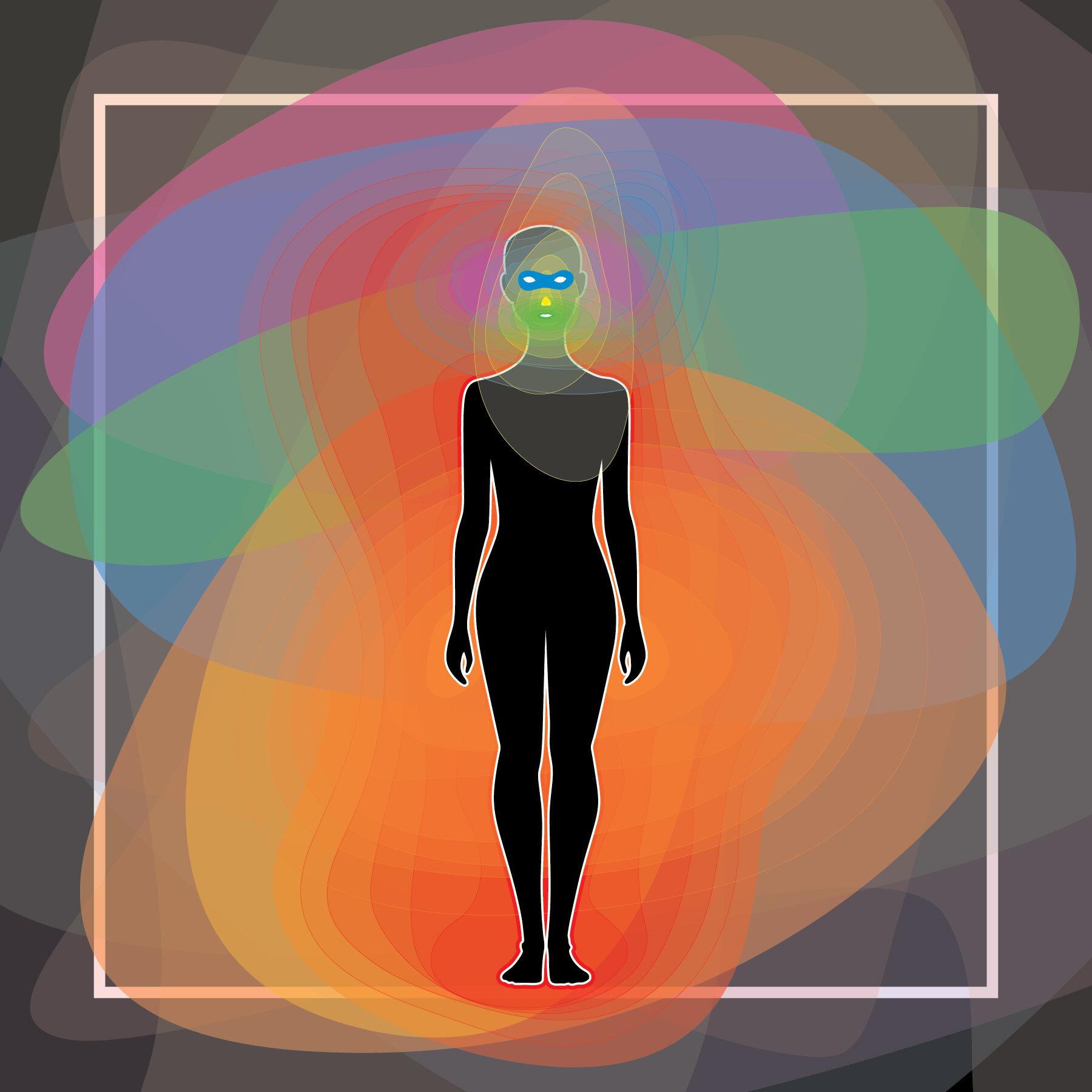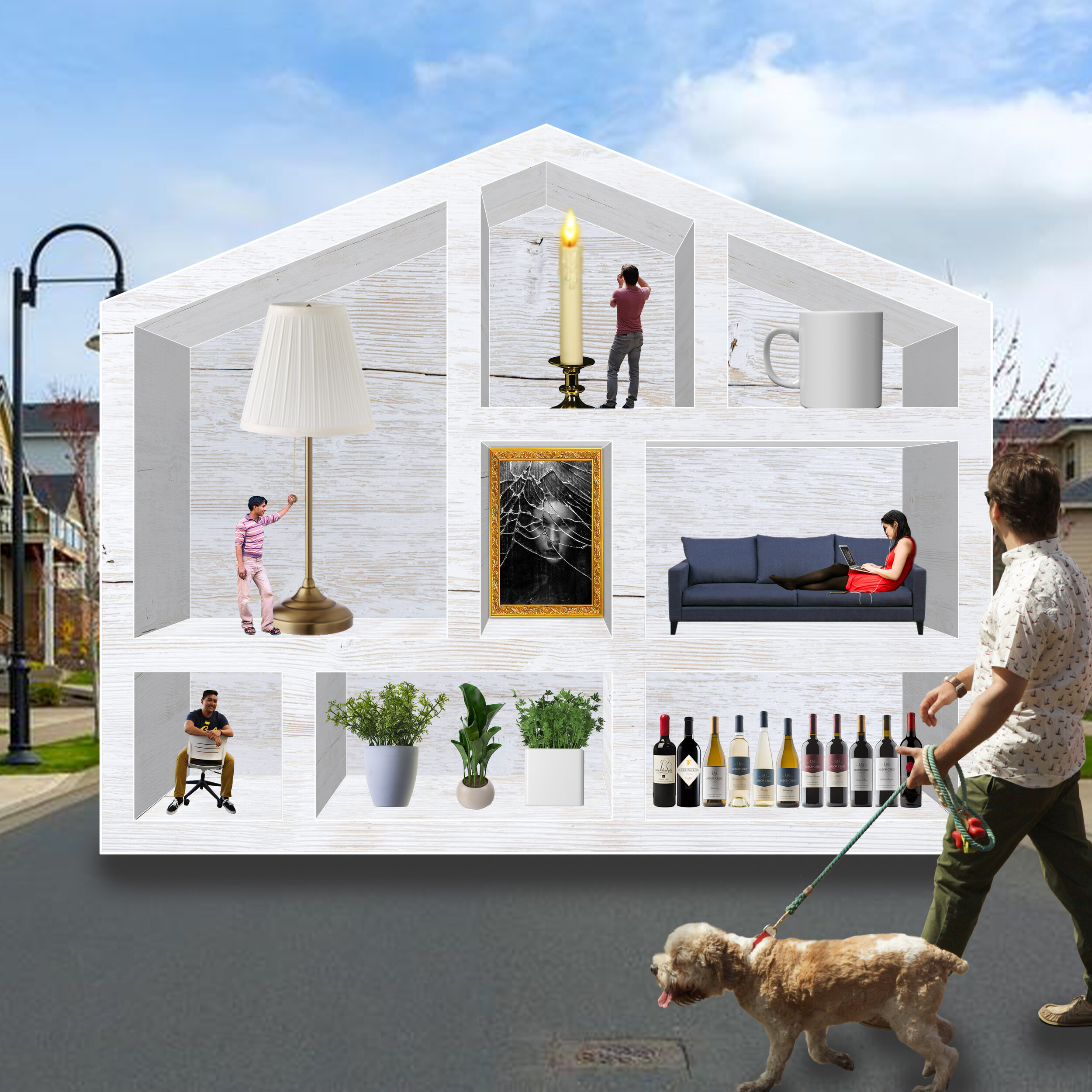Inside Utopia
Explorations of interiority in historic Utopian proposals.
Spring 2021
Unstopped City
As information systems increasingly dominate everyday life under neoliberal capitalism, physical urbanity is under threat. From tech start-ups to global megacorporations, there is an increasing danger that the humanity of our cities will be supplanted by the cold logic of optimized delivery routes, patterns of value-engineered zoning, and exclusionary autonomous single-occupancy vehicles. The coming danger was foreseen in the 1960s: Archizoom’s No Stop City was a response to what they saw as the replacement of architectural form and structure with the formlessness of programming and systems. As they pointed out, the erosion of urbanity by electronic communication makes real spaces redundant and unnecessary. Inevitably, if society continues to invest its intellectual and creative energy into information systems rather than the robust health of the built environment, our cities will crumble away. This utopian proposal, The Unstopped City, envisions the residents of Archizoom’s No Stop City—a listless, aimless, and bleak society designed for systems—breaking free of the endless gridded planes that confine them. In this vision, No Stop City is a now-defunct counterpart to the irreparable, uninhabitable ruins of the physical city below. As the survivors of humanity grapple with this new reality, the once bleak and lifeless grid of No Stop City can potentially be co-opted as fertile ground—tabula rasa—for the creation of a new society.
By utilizing collective labor and creativity, the residents of The Unstopped City work together to build new spaces out of the ruins of the world below rather than letting them erode into dust. If we are not to succumb to the inevitable end state of capital, where space is designed for optimized systems rather than humans, we must reclaim the joy, folly, and fulfilling nature of architecture. The ravaged, neglected landscape below the Unstopped City, consisting of impersonal suburban tract housing designed according to the value-optimized principles of late capitalism, is repurposed: pieces are snatched up and co-opted for a new architecture of community. Though the world on the ground is no longer habitable, by repurposing its materials and structures for a new city in a realm that was previously meant only for information systems, architecture still has a place in the value it brings to the culture, community, and joy it inspires. In building new communities from the ruins of the old with collective labor in an otherwise hopeless and bleak landscape, we might begin to imagine a world after capitalism: a world taken back from the joylessness of hyper-engineered information systems and reclaimed for the beginnings of a new type of society.
Utopian Explorations

No-Stop City, Archizoom

Dome Over Manhattan, Reyner Banham

The Air from Other Planets, Sean Lally

Llano Kitchenless Utopia, Mary Constance Austin

Inside/Outside, Ugo La Pietra

Black Commune, Harry Quintana and Charles Jones
